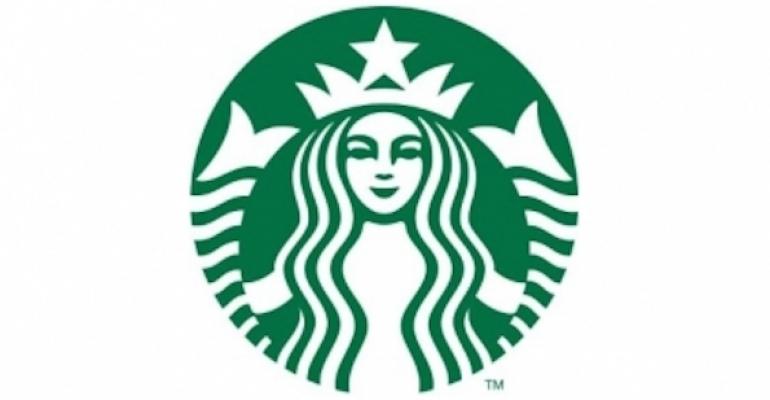 This post is part of the Reporter’s Notebook blog.
This post is part of the Reporter’s Notebook blog.
Three years ago, Starbucks Corp. bought a popular local bakery chain out of San Francisco, called La Boulange Bakery, for $100 million — an extraordinary price for an 19-unit concept, at least back then.
At the time, Starbucks indicated it wanted to grow the brand. But it mainly wanted access to what La Boulange did: Make quality food. Facing tough competition from McDonald’s Corp. and Dunkin’ Donuts, the Seattle-based concept wanted to improve its food offerings.
Three years later, almost to the day, Starbucks backtracked on that decision, announcing late yesterday that it will close the 23 La Boulange locations, as my colleague Lisa Jennings reported earlier. The company “determined that La Boulange stores are not sustainable for the company’s long-term growth.”
Starbucks is instead focusing on building La Boulange as an in-house brand, to continue to build its food business inside coffee shops. In hindsight, $100 million is a lot of money for an in-house brand.
The move wasn’t really surprising, however. Starbucks has bought a few brands over the years and then integrated them into their operations. It bought Seattle’s Best in 2003 as a lower-end coffee option, and has since turned that brand into a retail brand with licensing opportunities.
It also bought the Evolution Fresh juice bar in San Francisco, and now sells Evolution Fresh juice in its coffee shops. Indeed, tucked in the same release as the La Boulange announcement was this little nugget: The Evolution Fresh retail location in San Francisco will close, too.
In 2008, the company bought the maker of the Clover French press brewing system and then rolled that machine out to its locations.
In this, Starbucks acts more like a tech giant than it does a restaurant chain. Rather than developing a juice line or a set of food offerings from the ground up, Starbucks spends a few bucks and buys an existing concept, integrating that knowledge into its system and adding those products into its coffee shops.
That strategy is relatively rare in the restaurant business. In general, restaurants buy existing brands to grow and develop them, rather than to integrate their knowledge into their system.
To be sure, some will buy awfully small concepts. PizzaRev was a one-year-old chain with three locations when Buffalo Wild Wings scooped it up in 2013. Pizzeria Locale was a concept little known outside of Colorado when Chipotle Mexican Grill decided to partner with the company in 2011.
But rarely do restaurants buy a concept for the talent and technology the way Starbucks does. When McDonald’s wanted to add a new beverage line a few years ago, it developed the drinks itself. It didn’t buy a small coffee chain first.
“Most restaurant brands take pride in food engineering themselves — it’s a core competency — and feel creating internally has to be cheaper than a bolt-on acquisition,” said John Gordon, a restaurant consultant out of San Diego.
So while La Boulange didn’t quite become the national bakery chain that Starbucks planned back in 2012, the coffee chain did succeed in its primary goal to improve food sales at its coffee shops, which are up 16 percent. That added 2 percentage points to the chain’s same-store sales number.
And investors care almost exclusively about what happens inside Starbucks’ 21,000 locations.
Contact Jonathan Maze at [email protected]
Follow him on Twitter: @jonathanmaze

